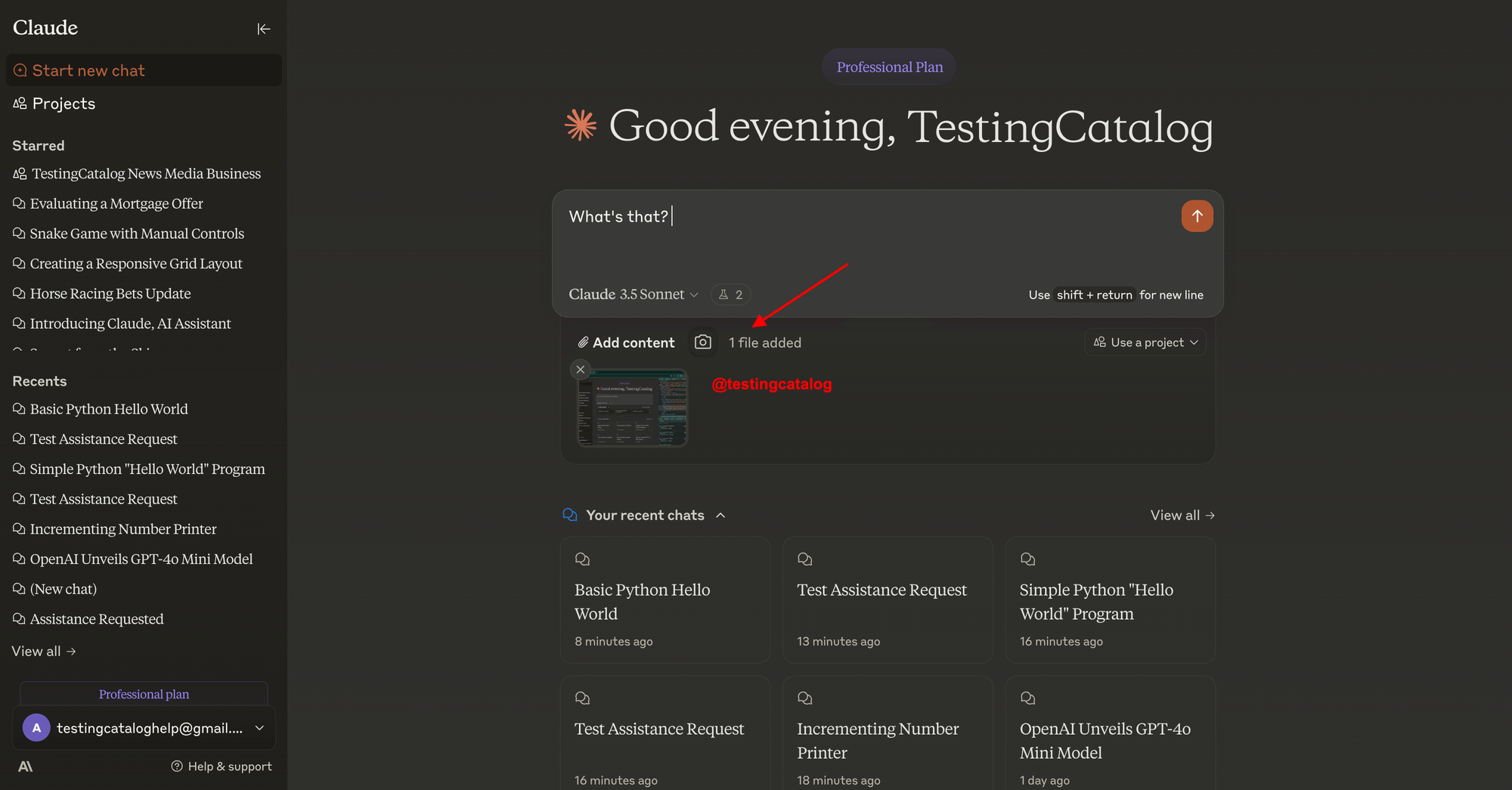Understanding AI Performance Challenges: The Claude Case
Explore the recent performance issues with Anthropic's Claude AI models, highlighting infrastructure challenges and the ongoing evolution of AI technology.

Understanding AI Performance Challenges: The Claude Case
Recent weeks have seen turbulence in the performance of leading AI systems, particularly Anthropic’s Claude models. This has sparked discussions about an AI “downfall.” However, experts caution against premature conclusions, emphasizing that these issues reflect typical infrastructure challenges rather than a fundamental decline in AI capabilities.
Background: What Happened with Claude AI?
Anthropic, known for its advanced conversational models like Claude Sonnet 4.5, Opus 4, and Haiku 3.5, reported several infrastructure-related bugs that led to degraded or inconsistent AI responses from late August through early October 2025. Users experienced output quality issues, initially seeming like random glitches but later traced to three distinct technical problems:
- A context window routing error affecting 16% of requests on one platform at peak times.
- An output corruption bug due to misconfigurations in TPU servers impacting multiple model versions.
- An approximate top-k compilation bug in the TPU compiler affecting model behavior for nearly two weeks.
Anthropic has confirmed resolving these bugs and improving internal processes to prevent recurrence. These issues were unrelated to demand spikes or server overload, highlighting the complexities of running AI services on diverse hardware platforms.
Why This Isn’t an AI Downfall
While user frustrations are understandable, these problems represent infrastructure hiccups, not failures of AI technology itself. The models’ underlying capabilities remain robust, and Anthropic’s recent release of Claude Sonnet 4.5 is considered their most advanced and safest model to date, featuring improved coding proficiency, agentic behaviors, and defenses against prompt injection attacks.
Moreover, Anthropic’s economic usage data shows that AI adoption continues to grow unevenly but significantly across regions and sectors, with countries like Israel exhibiting very high per capita use of Claude AI. This indicates sustained confidence and investment in AI technologies, despite temporary performance setbacks.
Broader Industry Context: Challenges of Scaling AI
Running AI at scale, especially on complex hardware like TPUs (Tensor Processing Units), involves intricate software-hardware coordination. Bugs in routing logic, compilation, and server configuration are unfortunately common growing pains as companies push frontier AI systems into real-world applications.
Other platforms have reported similar transient issues, but the overall trajectory remains upward in terms of AI capabilities, safety improvements, and enterprise adoption. For instance, Anthropic has implemented multi-layered safety classifiers to manage risks related to sensitive content and continues refining these systems to reduce false positives.
Implications for AI Users and Businesses
These events underscore the importance of setting realistic expectations about AI performance and reliability. AI is not infallible; it is a complex software ecosystem dependent on stable infrastructure and constant refinement.
- For developers and businesses, the message is to prepare for occasional service disruptions and to work closely with AI providers to mitigate risks.
- For end-users and the public, it is a reminder that AI is a powerful but evolving technology, not a finished product immune to bugs or errors.
At the same time, the economic impact of AI is profound. AI tools like Claude are already transforming coding, data analysis, and automation workflows, potentially increasing productivity and reshaping labor markets.
Visual Representation
For this article, relevant images include:
- Logos and official screenshots of Anthropic’s Claude AI interface and models (Sonnet 4.5, Opus 4).
- Diagrams illustrating TPU hardware infrastructure and AI model deployment architecture.
- Graphs from Anthropic’s Economic Index report showing geographic AI adoption patterns.
- Infographics depicting the timeline and nature of the recent infrastructure bugs.
In conclusion, while the recent performance issues with Anthropic’s Claude AI have caused some disruption, they do not signal an impending AI collapse. Instead, they highlight the technical challenges in scaling cutting-edge AI services and the ongoing efforts to enhance reliability and safety. The AI industry remains on a trajectory of rapid advancement and broader economic integration, warranting cautious optimism rather than alarm.


